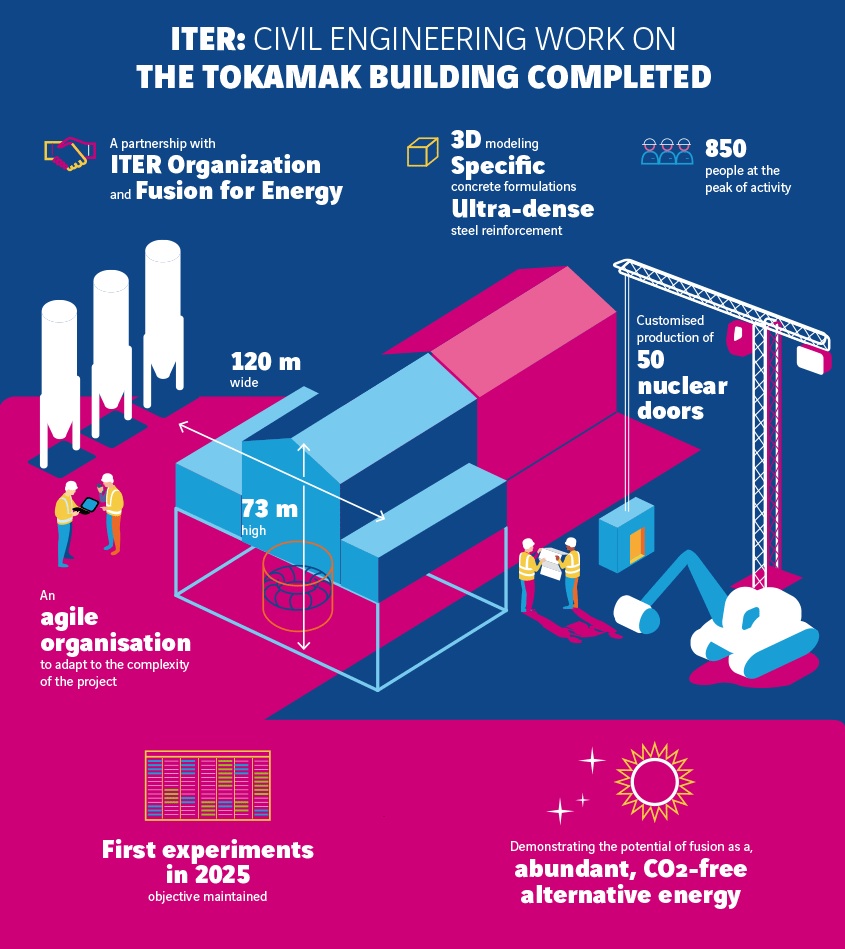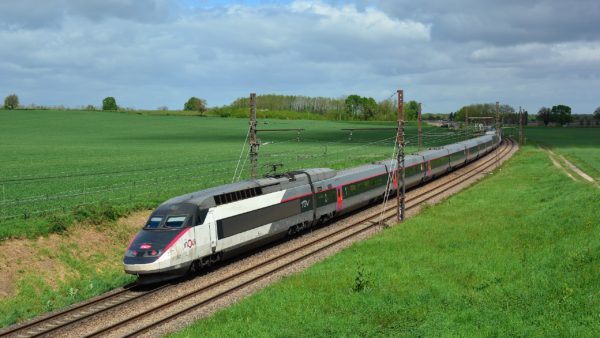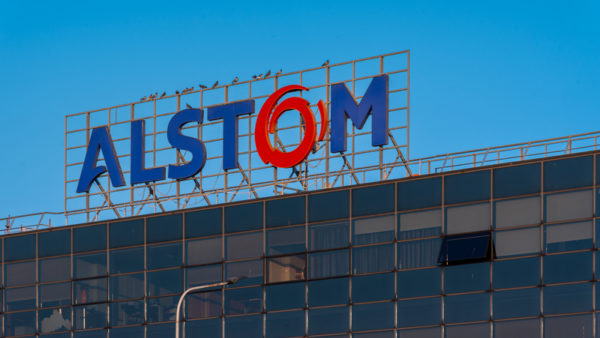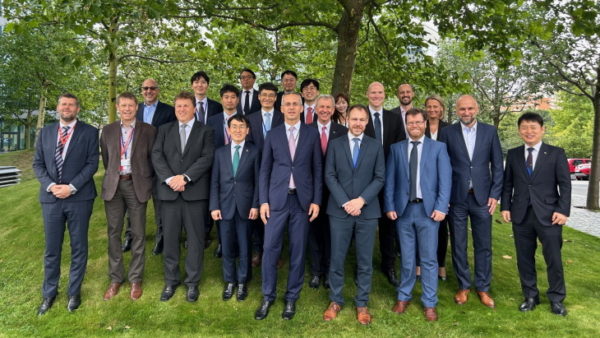A Vinci-led consortium yesterday completed civil engineering works on the high-spec building that will house the world’s largest fusion machine, called a "tokamak", which scientists hope will start replicating the sun’s energy by the middle of the next decade.
The Tokamak Building in south-eastern France, commissioned by the 35-nation ITER Organization, must accommodate temperatures of up to 150 million degrees Celsius, and requires dozens of 70-tonne nuclear doors to contain radiation.
The final concrete pour on the upper part of the building took place as scheduled on 7 November.
Vinci said the project, which got under way in 2010, required "exceptional complex project management capabilities and cutting-edge expertise", as ITER scientists requested design changes during construction.
The 73-metre-high, 120-metre-wide structure required highly specific concretes. Teams developed about 10 formulations to shield staff and the environment from fusion-generated radiation.
Steel reinforcement in places required densities rarely used on projects on this scale – up to 10 times the density of an apartment building wall.
Heavy nuclear doors were designed by Vinci Energies subsidiary Cegelec and manufactured by Sommer in Germany before being brought to the site at Saint Paul lez Durance/Cadarache.
Completion of the civil works on time means the roof’s metal frame can be installed, with the operation still on target to achieve "First Plasma" in 2025.

Graphic courtesy of Vinci
Bernard Bigot, director-general of ITER Organization, said: "In deciding to take part in the leading construction of the particularly complex ITER buildings, Vinci undertook to help write a new chapter in one of the most ambitious and promising research programmes ever undertaken – a programme designed to reproduce on Earth the reactions that have been taking place in the heart of the sun and stars for billions of years.
"Its goal is to harness hydrogen fusion and thereby pave the way for a new era for all humanity by making available a massive source of energy that can be varied at will, is intrinsically safe and has no impact on the climate and the environment. This was a huge challenge to which the men and women at Vinci have been tenaciously and resourcefully rising for nearly a decade.
"We want to warmly thank Vinci for having been a highly capable, reliable partner sharing our objectives, our standards and our determination. The success of ITER will be theirs."
"It is an extraordinary human undertaking, but also a huge technical challenge, and we were constantly called on to innovate and expand our expertise," said Jérôme Stubler, chairman of Vinci Construction.
"With ITER, we are humbly helping to implement one of the greatest and most ambitious energy projects of our time, designed to make electricity available throughout the world without CO2 emissions or radiological risk. For us, as a builder, it is a matter of great pride to have laid the cornerstone of a structure of such importance to humanity."
The consortium is led by Vinci via its subsidiaries and includes the Ferrovial (Spain) and Razel-Bec (France) companies.
Vinci explained that a tokamak is an experimental machine designed to exploit fusion energy. In a tokamak, three conditions must be met to obtain a fusion reaction: very high temperature (about 150 million degrees Celsius); sufficient particle density to produce a very large number of possible collisions; and sufficiently long energy confinement time to ensure that the collisions occur at the highest possible speed. Tokamak is a Russian acronym standing for ‘toroidal chamber with magnetic coils’.
The plasma, the fourth state of matter, is achieved when a gas is raised to a very high temperature, dissociating electrons and nuclei. In this medium, hydrogen nuclei can fuse and release energy.
Photograph: The site at Saint Paul lez Durance/Cadarache, France (Vinci)










